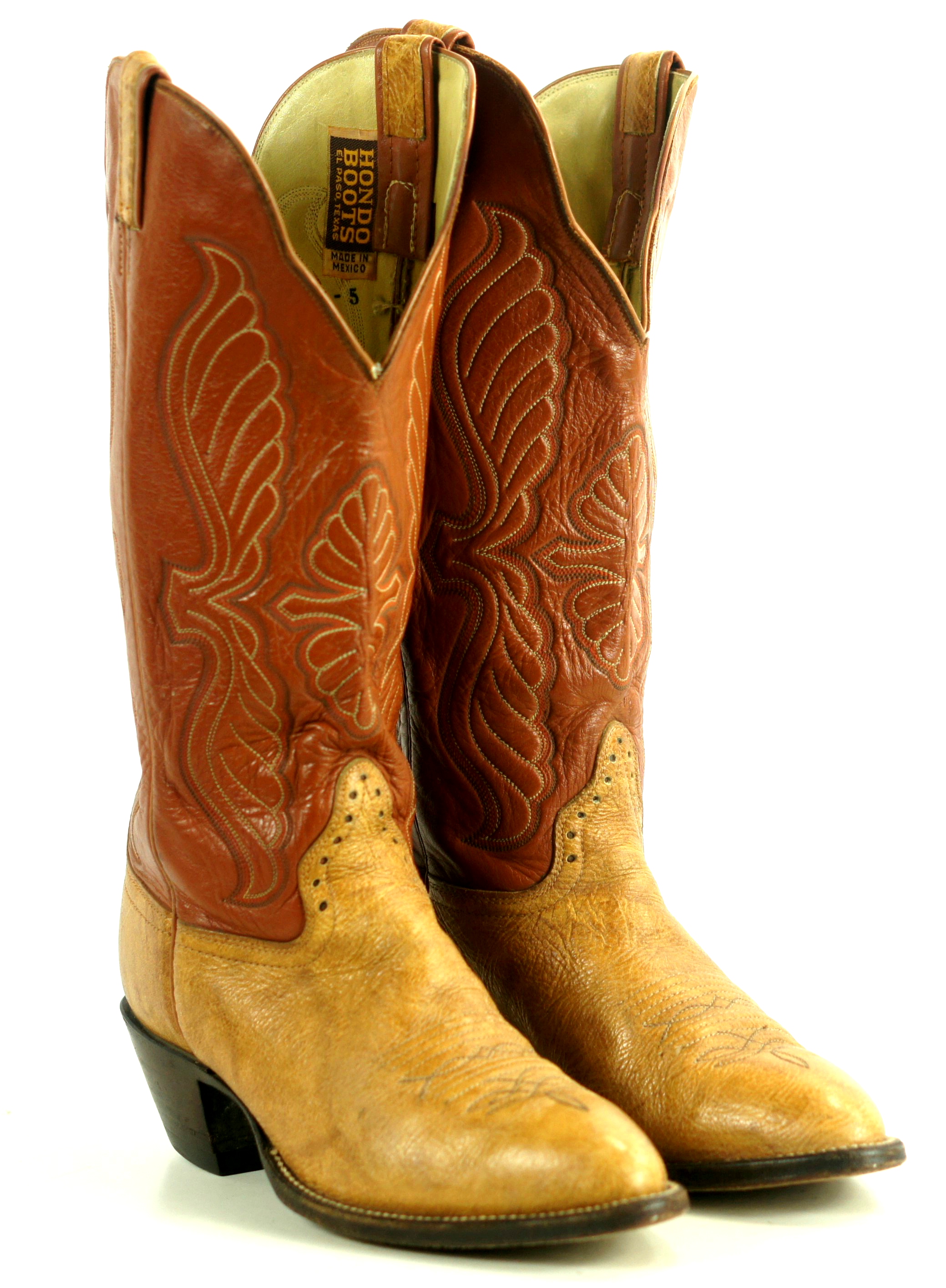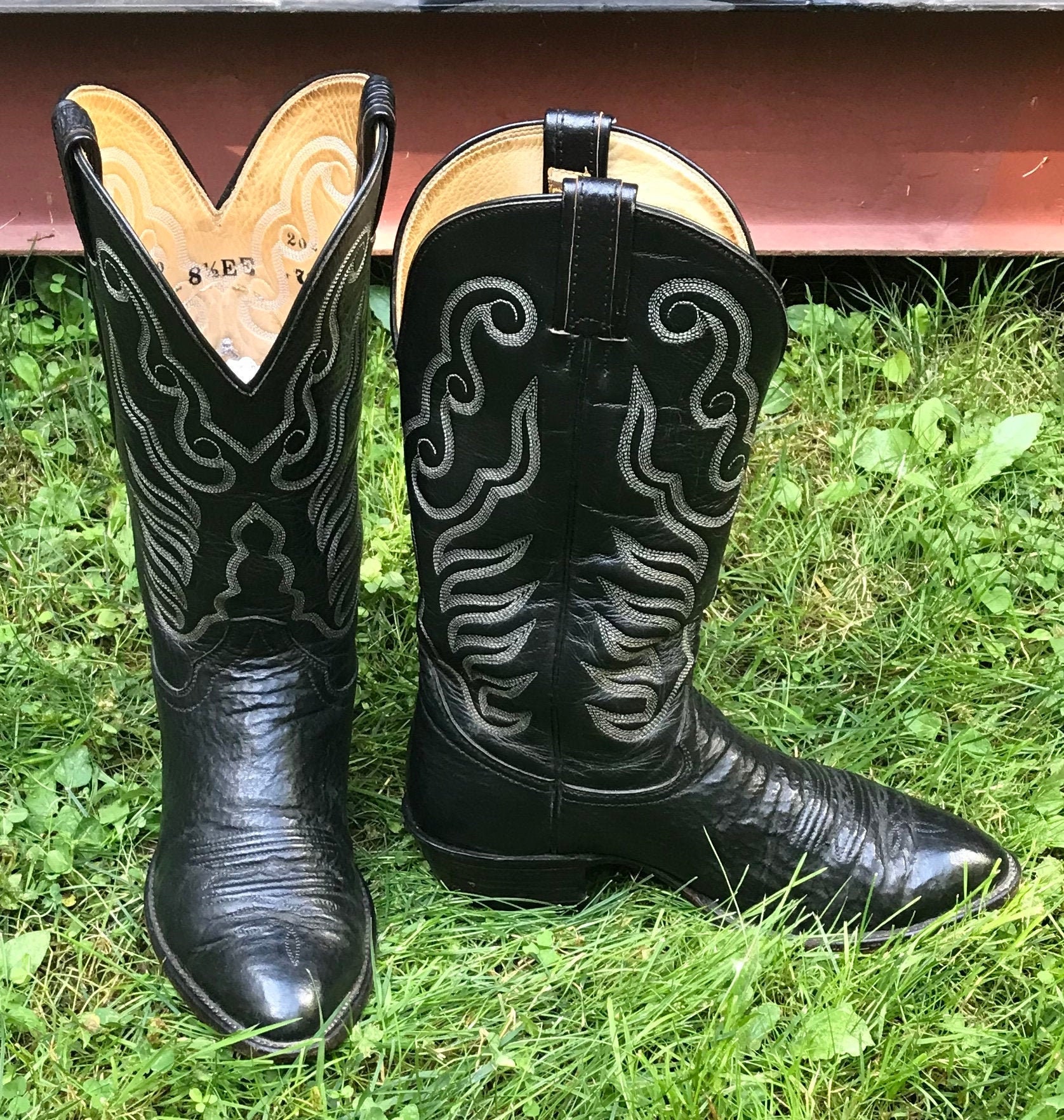Hondo Boots For Sale – Thrift stores often carry a wide variety of goods, from clothing and accessories to furniture, books, and electronics, and each item comes with its own story. The very notion that everything can be bought and sold creates a society where inequality is not just accepted, but ingrained in the very structure of the economy. They believe that certain things, like love, loyalty, and friendship, should be above the reach of commerce. In conclusion, the market for second-hand goods for sale is an ever-growing and dynamic space that offers numerous benefits to both buyers and sellers. The digital age has also transformed the way things are bought and sold. But in the end, whether it’s an item or an individual, the process of being “for sale” is a negotiation of worth, a moment of exchange. The due diligence process helps the buyer understand the risks involved, the company’s market potential, and any legal or operational hurdles that may exist. The perceived high cost of these items has led some to opt for cheaper alternatives. One common concern is the risk of purchasing items that are damaged or not as described. When a business is put up for sale, it is typically the result of a variety of reasons, each unique to the situation at hand. In a world dominated by fast fashion, disposable electronics, and mass-produced items, many people are beginning to question the value of constantly purchasing new products. In conclusion, the sale of a business is a complex process that involves numerous steps, from identifying the right buyer or seller to completing due diligence and negotiating the terms of the transaction. A well-made product simply performs better. Even in a marketplace where everything is commodified, there is still room for those moments and experiences that transcend value. They also often help with legal and financial aspects, ensuring that the transaction is completed smoothly and efficiently. A business for sale is not always as it appears on the surface, and the buyer must examine the company’s financial statements, contracts, debts, and even its customer relationships before deciding whether to proceed with the transaction. The car represents possibility, and when it changes hands, it takes on new significance, a new role in a different life. Buying second-hand goods has numerous advantages. This shift from a linear economy, where products are made, used, and disposed of, to a circular one, where products are continually reused and repurposed, is a step towards a more sustainable and environmentally friendly world. Some goods, like a fine Swiss watch, carry decades or even centuries of tradition, built on a reputation of precision and excellence.

Our boot collection HONDO BOOTS
Stylish western apparelthousands of styles

,Maple Rough Out Crazy Horse,1758
Stylish western apparelthousands of styles

Hondo 16" Tall Top Cowboy Western Boots Caramel & Tan Leather Handmade
Stylish western apparelthousands of styles

Hondo 16" Tall Top Cowboy Western Boots Caramel & Tan Leather Handmade
Stylish western apparelthousands of styles

Hondo Men's Hondo Western Boot 53 4060 Corral Western Wear
Stylish western apparelthousands of styles

Hondo Boots for sale Only 2 left at 75
Stylish western apparelthousands of styles

Hondo Men's Hondo Western Boot 43 8902 Corral Western Wear
Stylish western apparelthousands of styles

Our boot collection HONDO BOOTS
Stylish western apparelthousands of styles

Men's Hondo Western Boot 53 9604 Corral Western Wear
Stylish western apparelthousands of styles

Our boot collection HONDO BOOTS
Stylish western apparelthousands of styles
The artist who created it may have one understanding of its worth, while a collector may see it as a valuable investment, and a casual admirer might simply appreciate its beauty without considering its monetary value. By choosing second-hand goods, consumers can help reduce waste, conserve resources, and lessen the demand for new production. Upcycling is a great way to make the most out of second-hand goods, adding both value and meaning to the items that are being repurposed. Historically, many products were made by local craftsmen, and there was a direct relationship between the creator and the consumer. This subjective nature of value is what makes the “for sale” market so dynamic. When someone buys a second-hand item, whether it’s a piece of furniture passed down through generations or a retro jacket from a bygone era, they are not just acquiring an object; they are connecting to a story, a memory, or a cultural moment. However, buying a business is not a decision to be taken lightly. Many sellers of second-hand electronics offer refurbished items, which have been inspected, repaired, and restored to a like-new condition. People are not just looking for things that work well; they want products that elevate their environment and their experiences. A well-made frying pan or a durable pair of boots might not have the cachet of a designer handbag, but their value lies in their functionality and reliability. The rise of minimalism and a desire for unique, vintage items has also played a role in the growing popularity of second-hand goods. A piece of furniture, for instance, may hold sentimental value simply because it’s been in the family for generations. The result is a society that increasingly prioritizes consumption over connection, profit over meaning, and exchange over understanding. Thrifted clothing, vintage furniture, and pre-owned electronics are often seen as more authentic and unique than brand-new, mass-produced items. For the seller, the goal is to achieve the highest price possible for the business, while for the buyer, the goal is often to secure a fair price that reflects the true value of the business. The “for sale” sign becomes a marker in time, a decision that has been made, signaling that it’s time to move on. Many quality goods are made by artisans or small businesses who take the time to create products that reflect their expertise and passion. Additionally, many second-hand items are still in excellent condition, having been gently used or well-maintained by their previous owners, further enhancing the appeal of these products. For sellers, the challenge lies in pricing items fairly and accurately representing their condition. In a world dominated by fast fashion, disposable electronics, and mass-produced items, many people are beginning to question the value of constantly purchasing new products.
While many artists and creators are forced to sell their work in order to make a living, there is still a sense of purity in the act of creation. The idea of “everything for sale” challenges our understanding of what is sacred, what is essential, and what is truly priceless. A home is more than just walls and a roof; it’s where memories are made, where families grow, and where life unfolds. Moreover, buying second-hand items allows consumers to access unique and vintage products that may no longer be available in stores, offering a sense of individuality that is often missing from mass-produced, new items. In this sense, online second-hand markets have not only made pre-owned goods more accessible but have also made them more desirable, offering an alternative to the mass-produced, one-size-fits-all nature of new products. In this sense, quality is not just about prestige; it’s about making thoughtful choices that contribute to a more sustainable and rewarding lifestyle. The very notion that everything can be bought and sold creates a society where inequality is not just accepted, but ingrained in the very structure of the economy. For the buyer, acquiring such a piece may carry with it the honor of preserving a legacy, or the satisfaction of adding a unique, timeless item to their own collection. This creative process not only gives new life to old objects but also encourages people to think outside the box when it comes to the things they buy and use. Second-hand goods, especially those that are vintage or antique, often carry a sense of history and craftsmanship that can be missing from mass-produced products. These moments remind us that there is more to life than the pursuit of profit, and that not everything can be measured by a price tag. A piece of furniture, for instance, may hold sentimental value simply because it’s been in the family for generations. Additionally, brick-and-mortar thrift stores and consignment shops provide a more traditional avenue for selling second-hand goods. Similarly, gently used clothing from high-end brands can be found for a fraction of their original retail price. These concepts, they say, are too sacred, too important to be reduced to mere transactions. For book lovers, buying second-hand books is an affordable way to build a library, and it can also be an opportunity to find rare or out-of-print titles that are no longer available in stores. A well-made product simply performs better. Relationships can become transactional, where each party enters into an agreement based on what they stand to gain. Self-help books and motivational speakers promise to sell us the tools to fix ourselves, to buy into a better version of who we could be. This can bring about feelings of uncertainty, as there’s no guarantee that the right buyer or partner will come along.